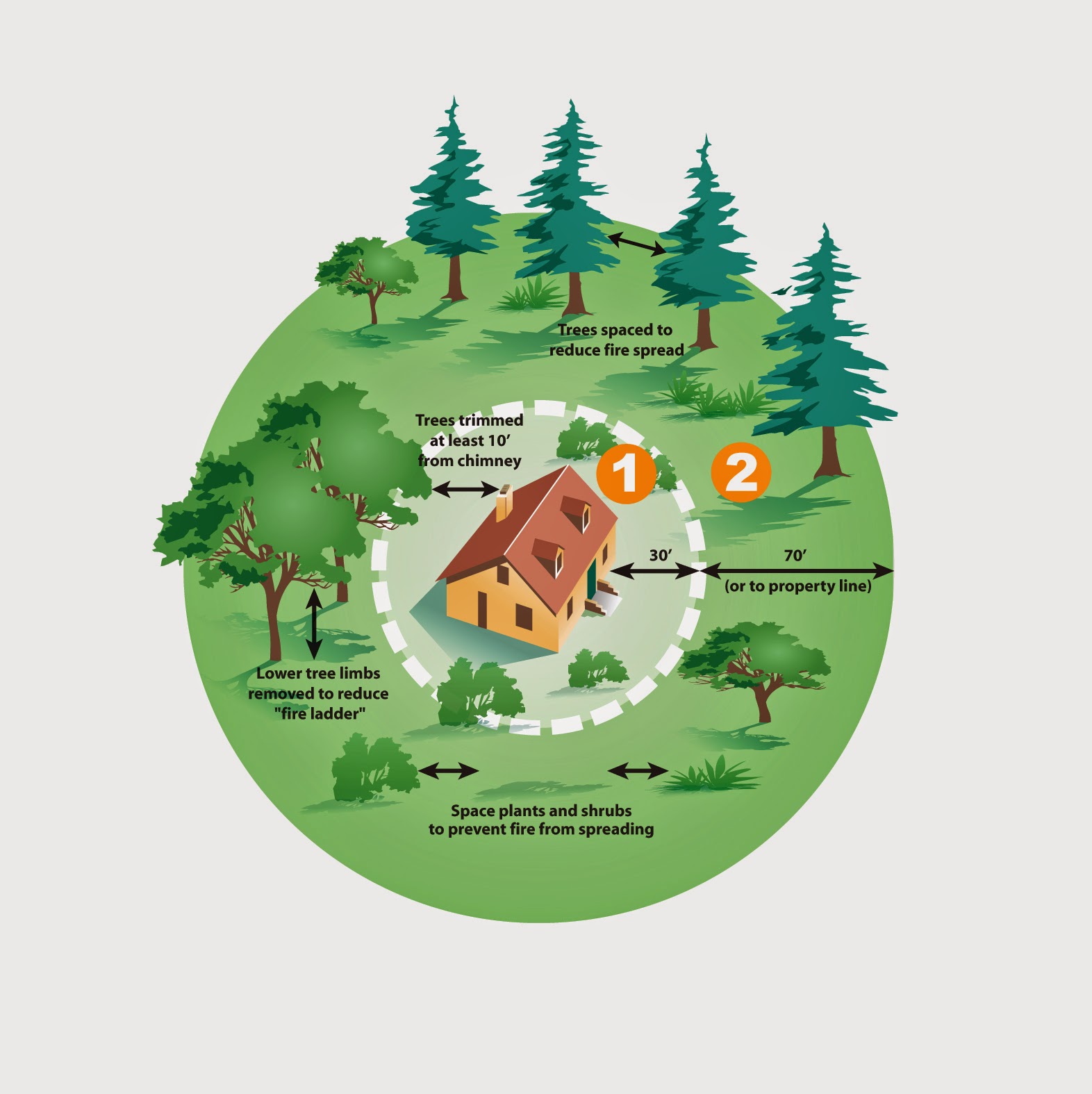The garden centers are buzzing; the big box stores are starting to burst at the seams! Yes, planting season has arrived! Are you confused about what to select for your garden? So many plants, so little time. Here are some online tools that focus on plants that do well in the Front Range in our semi-arid climate.
Plant Select® is a cooperative program administered by Denver Botanic Gardens and Colorado State University in concert with horticulturists and nurseries throughout the Rocky Mountain region and beyond. The purpose of Plant Select® is to seek out, identify and distribute the best plants for landscapes and gardens from the intermountain region to the high plains. Plants are chosen each year that thrive in the unique and variable conditions of Rocky Mountain gardens. Many nurseries now carry plants with the Plant Select tag. www.plantselect.org
Tuesday, April 24, 2012
Friday, April 20, 2012
Dry Conditions Cause Turf Mite Damage by Mary Small

Our Plant Diagnostic Clinic has been seeing a number of lawn samples with the same problem - mite damage. Mite damage is caused by the dry weather we have experienced this fall, winter, and spring. Areas of the lawn looks dead, bleached or seems to be coming out of winter slowly. Damage is most common on south exposures, west or south slopes or in lawn areas next to sidewalks or driveways.
Upon close inspection, grass blades are speckled with whitish flecks. Some blades may be purplish. Living mites have been found in a few cases, but generally they are undetectable now. Turf mites are tiny, spider-like relatives that are active during the winter and early spring, when they suck sap out of the grass plants.
Tuesday, April 17, 2012
Foothills Garden Alert: The Hummers are coming! by Jan Boone
 |
| Photo from Birdzilla.com |
The Hummers are coming!
The Hummers are coming!
No, we’re not talking about those tricked out ultra expensive SUV’s, we’re talking about those mighty winged dynamos that have spent their winter along the southern borders of New Mexico, Utah, Arizona and are making their way north again for the warm weather months. We all can admit to having annual love affairs with these smallest members of the avian world. Nothing tops their aerial antics, so now is the time to focus on our foothills gardens and how we can make our yards attractive and suitable enough that these little guys will stick around for the summer. Our environment is perfect and suitably preferred by the hummingbirds. Their flights will range from 5,000 ft and up in elevation during warm weather months. We have 4 main varieties in Colorado. They are The Broad-tail, (the early scouts will arrive shortly), the Calliope, the Black Chinned and finally the Rufus, which will show up in July.
Sunday, April 15, 2012
Steppe with Me & My Brother by Kim Bone
 |
| Kim Bone |
I found out that my brother, Mike Bone's (Denver Botanic Gardens’ Curator of Steppe Collections) trip to to Great Plains/North American Steppe is very close to being cancelled; last night he told me all about the trip and all the incredible things there would be to see and I'm convinced this is a trip not to be missed. If any of you could tune into your spontaneous
spirit and get this jewel of an adventure revved-up; I'd guarantee a floral-full, mind-spinning, idea-creating, educational, good time trip.
Anybody up for a road trip?
Kim the Gardener
p.s.
Lucky number 'thirteen' that's how many people are needed by the end of
this week. So don't hesitate give DBG a call and "book this trip."
Monday, April 9, 2012
New Online Gardening Resource from the Denver Botanic Gardens
 |
| Prunus padus 'Albertii' can be seen on the Cherry Blossom Blitz tour |
The Denver Botanic Gardens is bringing gardeners an exciting and valuable new online resource. Gardens Navigator allows you to search for plants growing at the York Street location by common or scientific name or by features or garden. Navigator can also help you find plants that bloom at certain times or by flower or leaf color to help you design your own garden.
Thursday, April 5, 2012
Garbage Can Roses by Judy Huckaby
 | |
| Ronald Regan Tea Rose |
I quickly scooped up this find before it disappeared, returning home, dunked first one and then the other completely under water, weighing down the root ball with stones until air bubbles stopped. I use this dunk and drain technique whenever I buy something from a nursery and again, directly before planting.
Monday, April 2, 2012
The Rock Garden – Adding Depth and Dimension to Your Yard! by Vicky Spelman-Lang
My motivation for building a rock garden came from seeing some aerials of the backyard. Viewing photos from a birds-eye view allowed me to start envisioning a path to the top of our property, with a cactus well and rock garden integrated into the design. The south-facing slope also meant wonderful light for this type of project.
Subscribe to:
Posts (Atom)






